The CDC has approved RSV vaccines for patients over the age of 60 and those who are pregnant. We provide an RSV vaccine comparison table below to help you recognize the differences between these vaccines and who may benefit from vaccination.
RSV Vaccine Comparison Table: GSK’s Arevxy study, AResVi-006, in comparison to Psizer’s Abrysvo study, RENOIR
| Manufacturer / Brand Study | GlaxoSmithKline- Arexvy AResVi-006 | Pfizer-Abrysvo RENIOR |
| Pharmacology | Monovalent; AS01E Adjuvant | Bivalent |
| Dosing | 0.5 mL x1 dose | 0.5 mL x1 dose |
| Reconstitution | Reconstitute with adjuvant in separate vial | Reconstitute with supplied sterile water |
| Storage (following reconstitution) | Prior to Reconstitution: Refrigerated between 2°C and 8°C After Reconstitution: Refrigeration (between 2℃-8℃) OR room temperature and use within 4 hours | Prior to Reconstitution: Refrigerated at 2°C to 8°C After Reconstitution: Room temperature ONLY (between 15℃-30℃) and use within 4 hours |
| Adverse Reactions | Injection site pain (60.9%), fatigue (33.6%), myalgia (28.9%), headache (27.2%), and arthralgia (18.1%). | Injection site pain (10.5%), fatigue (15.5%), headache (12.8%), and muscle pain (10.1%) |
| Indicated Populations | Approved in individuals age 60 or older NOT approved for maternal use | Approved in individuals age 60 or older Approved in pregnant individuals 32 – 36 weeks gestational age Statistically insignificant increase in preterm birth (MATISSE trial) |
| Study population | 24,996 | 32,284 |
| Acute Respiratory Infection (ARI) definition | ≥ 2 respiratory signs or symptoms or ≥ 1 respiratory and ≥ 1 systemic symptom. *Having a more stringent definition of ARI can help better identify true cases of ARI*Signs: wheezing, crackles/rhonchi, tachypnea, hypoxemia, oxygen supplementation | ≥ 1 respiratory symptom *No distinction between s/sx. |
| Lower Respiratory Tract D/I definition | ≥ 2 lower respiratory signs or symptoms (including ≥ 1 lower respiratory sign), OR ≥ 3 lower respiratory symptoms lasting ≥ 24 h | ARI with ≥ 2 lower respiratory symptoms OR ≥ 3 lower respiratory symptoms, each lasting ≥ 24 h |
| Severe LRTD/I definition | LRTD with ≥ 2 lower respiratory signs, LRTD assessed as “severe” by investigators, or LRTD requiring receipt of additional supportive therapy | LRTI + hospitalization, new or increased oxygen supplementation, or new or increased mechanical ventilation |
| Primary Endpoint | RSV-related lower respiratory tract disease as confirmed by reverse transcriptase polymerase chain reaction (RT-PCR) VACCINE GROUP1 cases per 1000 person-years (7 participants) PLACEBO GROUP5.8 cases per 1000 person-years (40 participants) | 2 Primary endpoints: prevention of RSV-associated lower respiratory tract illness with at least two or at least three signs or symptoms VACCINE GROUP, PRIMARY ENDPOINT 1:1.19 cases of RSV-associated lower respiratory tract illness per 1000 person-years (11 participants) PLACEBO GROUP, PRIMARY ENDPOINT 1:3.58 cases of RSV-associated lower respiratory tract illness per 1000 person-years of observation (33 participants) VACCINE GROUP, PRIMARY ENDPOINT 2:0.22 cases of RSV-associated lower respiratory tract illness per 1000 person-years (2 participants) PLACEBO GROUP, PRIMARY ENDPOINT 2:1.52 cases of RSV-associated lower respiratory tract illness per 1000 person-years of observation (14 [participants) |
| Prevention of severe cases | At 6.7 months: 1 case reported in vaccine group 17 cases reported in placebo group | Not reported; number of cases of severe disease that had been accrued at the data cut-off date did not meet the prespecified minimum number |
| Hospitalizations Deaths | 2 0 | Not reported; hospitalizations were categorized as a severe case, which was not reported (see above) 0 |
| Relative vaccine efficacy (rVE) | Primary Endpoint: 82.6% Severe LRTD: 94.1% ARI: 71.7% *when comparing vaccine efficacy between the two groups, it shows that GSK outperforms Pfizer in terms of preventing ARI, LRTD, and severe LRTD | Primary Endpoint + 2 sx.: 66.7% Primary Endpoint + 3 sx.:85.7% * consistent with that observed with other vaccines, in which efficacy increased with increasing severity of respiratory disease. Therefore, this statistic should be a big focus; although GSK outperforms Pfizer in most categories, the second primary endpoint for Pfizer can be compared or tied into severe cases, which weren’t reported Severe LRTD: not reported ARI: 62.1% |
| Absolute Risk Reduction (ARR) | 0.26% *GSK has more of an ARR compared to Pfizer | 0.13% 0.08% |
This RSV vaccine comparison table displays the similarities and differences of the 2 RSV (respiratory syncytial virus) vaccines currently approved by the FDA. Some notable differences between GSK and Pfizer’s respective products include the incidence of adverse reactions, approval (or lack thereof) in maternal use, and study illness and endpoint definitions. Though Arexvy’s primary endpoint data may look more promising than Abrysvo’s, Abrysvo was able to compute data for a second primary endpoint that accounts for 3 or more signs and symptoms. This helps measure Abrysvo’s efficacy against infections that are more (or less) symptomatic. Other benefits of Abrysvo include its indication for maternal use and lower rates of injection-site and systemic side effects. A benefit of Arexvy can be found when comparing its absolute risk reduction with Abrysvo; Arexvy’s ARR (0.26%) is essentially double of Abrysvo (0.13%). However, both vaccines have proven, with statistical significance, their efficacy in the prevention of RSV.
Important information for healthcare professionals to consider if choosing between the two products include reconstitution and storage instructions. Some questions you should ask yourself or your healthcare facility include: “Is refrigeration feasible, or is a room temperature post-reconstitution a better option?”, and “Are the staff trained and proficient in reconstitution with an adjuvant in a separate vial, or reconstitution with sterile water?” Additionally, if a healthcare professional is asked about which brand they should use, evaluate pregnancy status and sensitivity to adverse reactions. For example, if a patient had a bad reaction to Shingrix, Abrysvo may be a better option, as Arexvy contains the same adjuvant used in Shingrix. Without good reason, one should not deter a patient from receiving the RSV vaccine.
- 30 medication mistakes PDF
- 18+ Page Drug Interaction PDF
- 10 Commandments of Polypharmacy Webinar based on my experiences in clinical practice

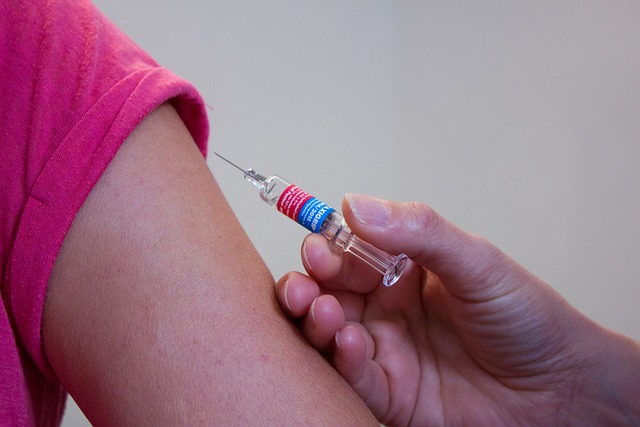

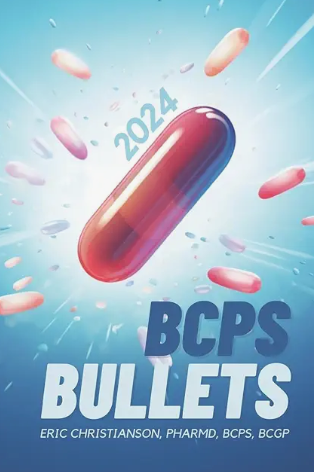
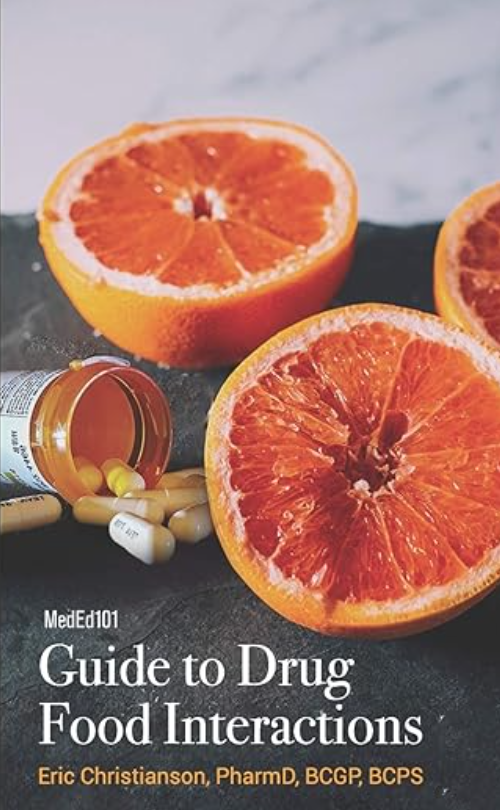
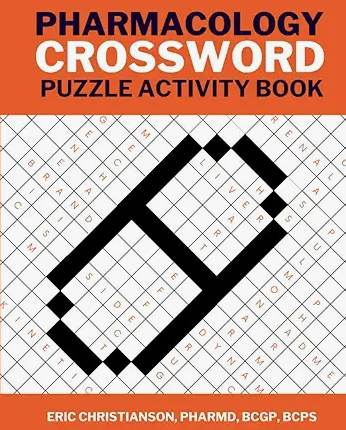
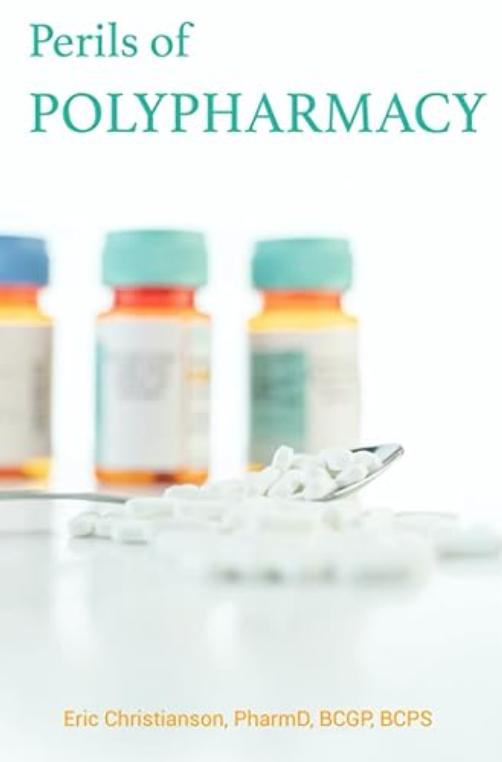
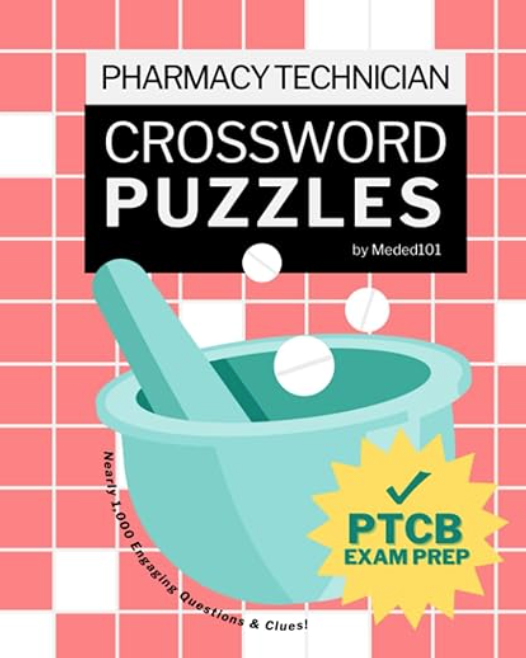

Hello Eric,
How can I get a pdf of this RSV vaccine comparison table so I can print it?
Please let me know
Thanks
Caroline
Do you have any information on the risk of A-fib with the RSV vaccine?